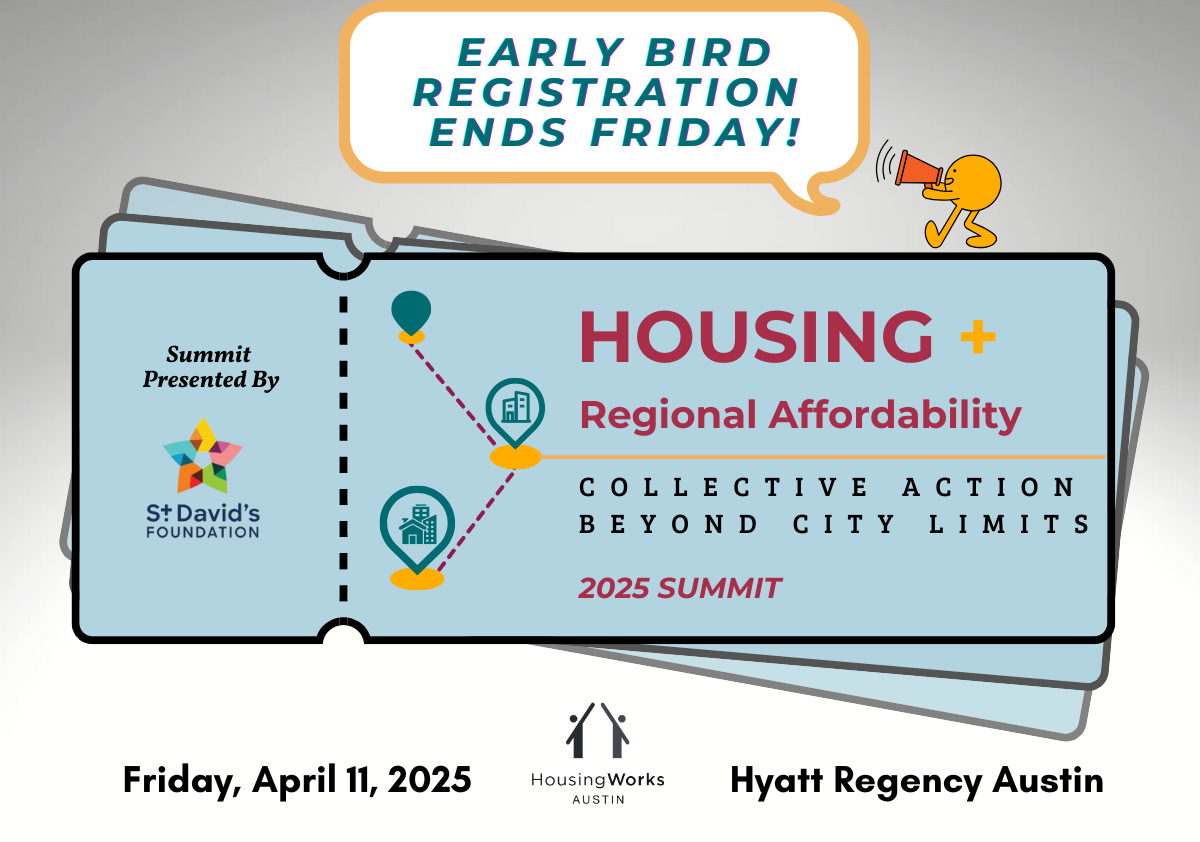Panel weighs future potential of city’s health care innovation district
Monday, April 5, 2021 by
Chad Swiatecki The battle over reconstructing Interstate 35, and the stalled Land Development Code update, are factors that continue to influence the shape and scope of the developing health care innovation district in the eastern section of downtown Austin.
Those larger civic questions were among the points of discussion during a recent Urban Land Institute Austin panel about the development efforts planned around the Dell Medical School at the University of Texas.
Along with the ongoing Waterloo Greenway parks program, the expansion of the Austin Convention Center and the future of the Palm district, the innovation district is seen as one of the forces that will impact the composition of downtown Austin going forward. Much like health care districts in California’s Bay Area or greater Boston, the intent of Austin’s district is to attract health care startups that will interact with each other and spur growth more smoothly than would happen through uncoordinated development.
A recent Downtown Austin Alliance market analysis found that there will be a 50 percent increase in economic development impact – $293 million in total value – from the work led by Capital City Innovation and other groups to populate the area with the right mix of tenants.
Stephen Coulston, principal of urban design for Perkins+Will architects, said health care districts carved out of existing urban centers need a highly planned development road map to help prospective occupants make the most of their investments in areas with high property costs.
“With a distributed model, anyone who comes in has to do a Ouija board thing of figuring out where is the there of it. There is a struggle, but the innovation district plants a flag … it creates a central location of economy, place and culture,” he said.
“If you purposely develop this as an innovation district with all the mixed-use components, we have a 1.5 multiplier. Why would you not create that $293 million in value? To not develop this as an innovation district would be real estate malpractice.”
Panel members said there are potential community partners located beyond downtown, including Huston-Tillotson University in East Austin, but the boundary of I-35 and its future reconstruction will have a large influence on the physical makeup of the redevelopment efforts in the quadrant.
Coulston also said the uncertainty of the city’s planning and land use priorities will continue to impact work to bring partners into the district.
“We do have some barriers and when you think about real estate there’s always going to be stumbling blocks along the way. The fact that we’ve not been able to effectively pass a Land Development Code update in the city is a problem,” he said. “We’re trying to advance the discussion on how important that is and that has a direct implication on development opportunities in this area.”
One of the primary components of the district is the flagship 17-story office tower under construction on the former site of the Brackenridge hospital. The building will serve as the focal point for a mix of companies in a setting that is intended to maximize “accidental” interactions among researchers and creators with the potential to spur innovation.
While life sciences giant Merck opted out of its incentive package with the city based around a planned IT hub, the company’s presence is seen as a positive for the future of Austin’s health care research potential.
“It’s not just the usual suspects of health tech, life science and bioscience,” said Michele Van Hyfte, vice president of urban design for Downtown Austin Alliance. “This innovation district is not just 100 percent focused on health care and health tech … it’s meant to leverage the amazing anchor of the medical school but it’s meant to keep the door open for ideas that can grow innovation beyond what you’d expect.”
Photo by Larry D. Moore, CC BY-SA 4.0, via Wikimedia Commons.
The Austin Monitor’s work is made possible by donations from the community. Though our reporting covers donors from time to time, we are careful to keep business and editorial efforts separate while maintaining transparency. A complete list of donors is available here, and our code of ethics is explained here.
You're a community leader
And we’re honored you look to us for serious, in-depth news. You know a strong community needs local and dedicated watchdog reporting. We’re here for you and that won’t change. Now will you take the powerful next step and support our nonprofit news organization?






